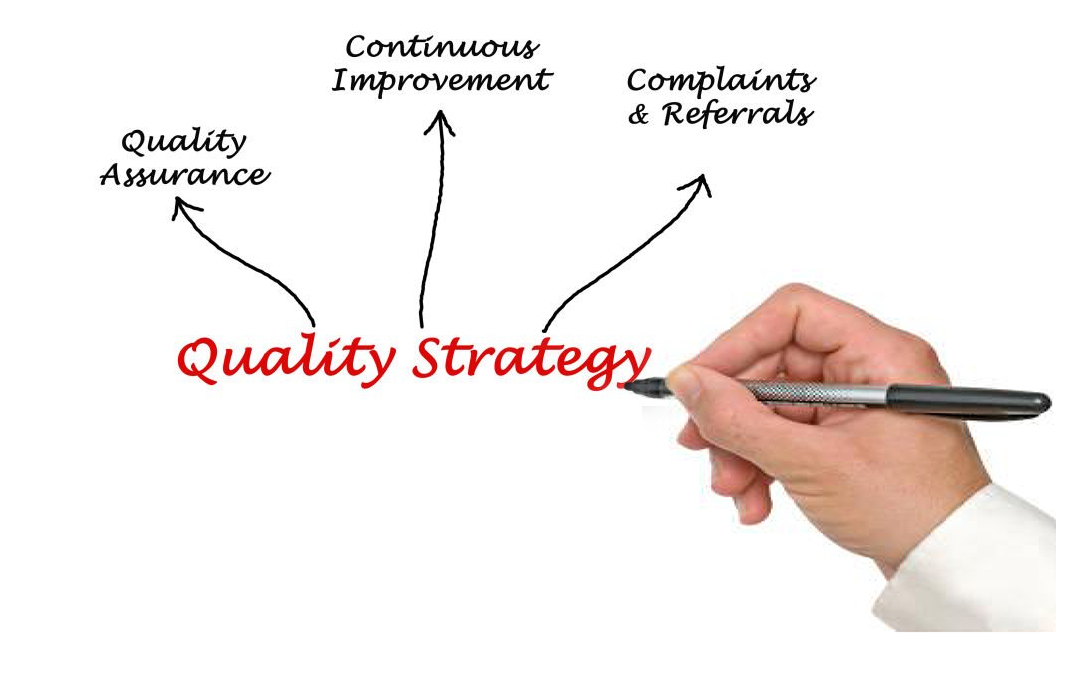What is a Software Quality Strategy?
Understanding the Current State of Product Quality
Before we set out to draft the Quality Strategy and subsequently the steps to achieve it, we must understand the Current State of product development and the quality of the outcome. A focused study could give us clear clues on the same.
The following are some examples of areas typically identified with the software development process, as part of the study.
● Building a system that is hard to test; lacking consistent locators on a web page, and missing
logs for an API endpoint are some good examples
● Lack of code and product documentation, creating a conducive environment for
misunderstanding and errors
There could also be areas where the team is doing well and must continue to do the good
work.
How could we carry out the Current State study?
The Study could be carried out in the form of an interview or the team filling out a questionnaire. Whatever form the information is collected in, it is important to figure out the things that we will have to understand from the study. The questions should be designed accordingly. Some examples of the questions the questionnaire could contain are,
● What is the development process that is followed?
● What is the unit test coverage?
● What are some static analysis tools that are used?
● What is the level of automated testing that happens within the development life cycle?
○ unit, integration and end-to-end
● What is the post-deployment production monitoring that is available?
● What are the kinds of complaints/issues you get from users/customers?
● What are the major issues you run into during deployment and post-deployment?
Sitting down to draft the Quality Strategy
After understanding the areas for improvement, write down a list of pointers that need improvement, like Bug Density, Unit test coverage, etc. Align the metrics that the team is working
towards improving to meet the organization’s broader goals. E.g. NPS score of the product.
The Quality Strategy should call out actions that would move the needle on the metrics that were
identified to be improved. Some typical actions that could be part of a Quality Strategy are,
● Early involvement of QA – allowing more time for QA to consume the information, ask
questions on the requirements and develop tests
● Improving the unit test coverage to a % that the team considers to be fair
● Who would be responsible for the deployment of the software under testing?
● Introduction of tools and plugins to improve code quality
● Acceptance criteria at each stage of product development
● Device testing strategy, depending on the target audience
● Test data management to mimic production data
● Automation of product testing and deployment processes, to deploy faster
● Post Deployment monitoring strategy, focusing on the application’s availability and error rates
Conclusion
In summary, the Quality Strategy should lay the foundation for excellence in all aspects of
product development, ensuring that quality remains at the forefront of everything we do. It should
drive a Quality-first approach with the responsibility of meeting the standards being shouldered by the team. It is a commitment towards delivering products that exceed expectations, drive customer
satisfaction and foster long-term success for the organization.
Aquila aims to handle all types of test execution, thus freeing up humans from time-consuming tasks and allowing them to focus on the strategic aspects of Quality, contributing to the Quality Strategy based on the knowledge gained from AI-powered test execution.


